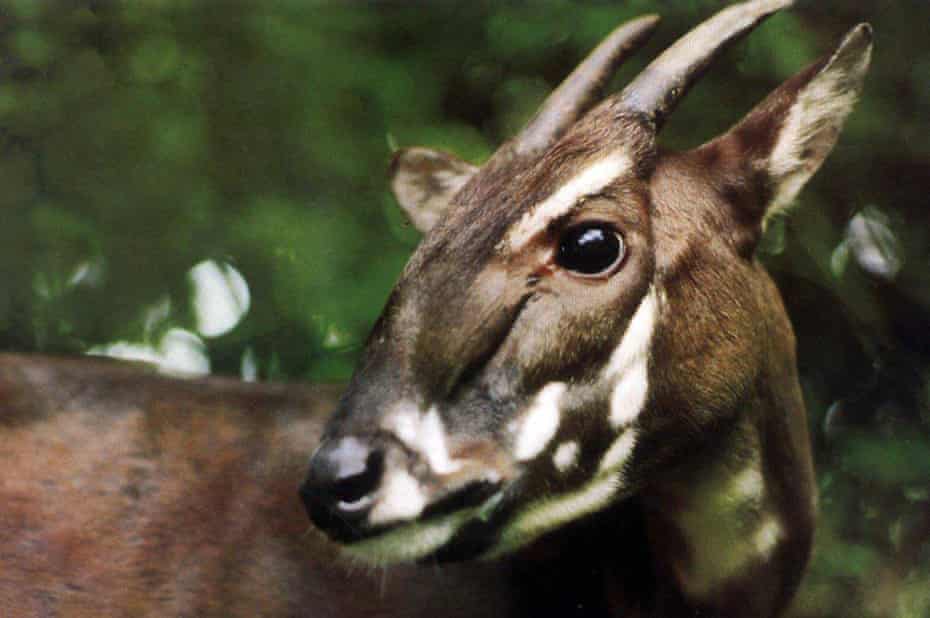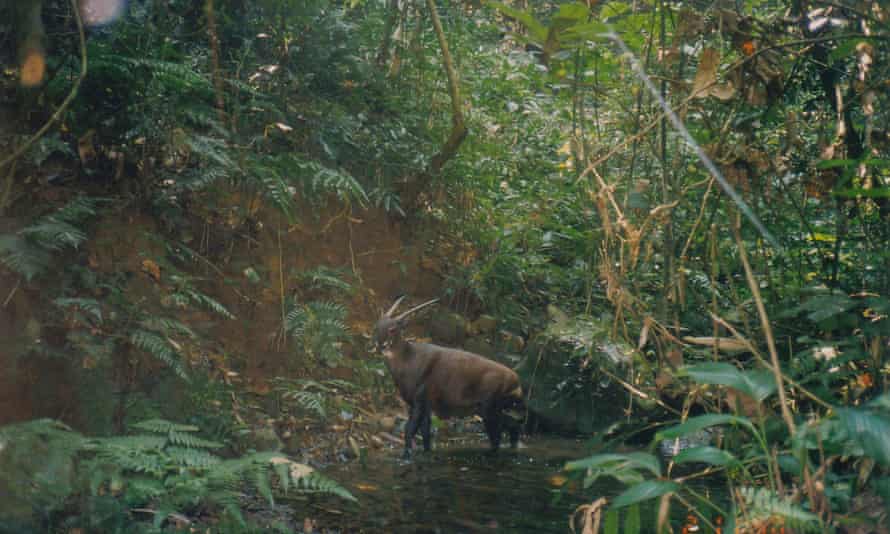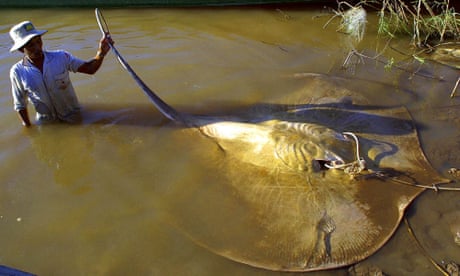ASML’s Factory Fire May Have Hit Output of Key Chip Machines
Cagan Koc
Fri, January 7, 2022,

(Bloomberg) -- ASML Holding NV said the fire at its Berlin plant affected part of the production area for some of its key machines and is working to determine how to minimize the potential impact on output.
The Berlin site makes various parts for its advanced extreme ultraviolet lithography machines, needed to make cutting-edge chips that are faster, cheaper and more efficient. ASML has a de-facto monopoly producing EUV machines for companies like Taiwan Semiconductor Manufacturing Co. and Samsung.
“We are still in the process of completing the recovery plan for this production area and determining how to minimize any potential impact for our EUV customers, both in our output plan and in our field service,” the company said in a statement Friday after a fire forced the semiconductor-equipment maker to shut part of its German manufacturing site earlier in the week.
Despite some disruption regarding components of deep ultraviolet, or DUV, lithography systems, ASML expects “to remediate this in such a way that it will not affect” DUV output and revenue plan, said the company. “Our Metrology and Inspection output plans are not affected as they do not contain any components made in Berlin.”
Analysts were concerned the fire could exacerbate a global chip shortage that for months has slammed growth in industries that span the economy. ASML said it will provide a further update on the incident on Jan. 19, when it will present its fourth quarter and 2021 results.
Citigroup Global Markets analyst Amit Harchandani said Ebit could drop by around 1% if the company failed to deliver one EUV system of the 55 planned.. “However, it is worth noting that assuming unchanged demand backdrop, any loss of EUV revenue in 2022 could likely imply upside for 2023,” he said.
If there were a 10% drop in shipments due to the fire, that “could temporarily reduce global supply of lithography tools by around 8.4%, as ASML has 84% market share in the tools,” Bloomberg Intelligence analyst Masahiro Wakasugi said earlier this week. “This could extend the global chip-supply shortage.”
ASML shares were 1.4% higher at 3:03 p.m. in Amsterdam on Friday, snapping declines for four days since the fire was reported on Jan. 3.
Lead times for chips -- a closely watched gap between when a semiconductor is ordered and when it is delivered -- increased by six days to about 25.8 weeks in December compared with November, according to research by Susquehanna Financial Group. That lag marks the longest wait time since the firm began tracking the data in 2017.











